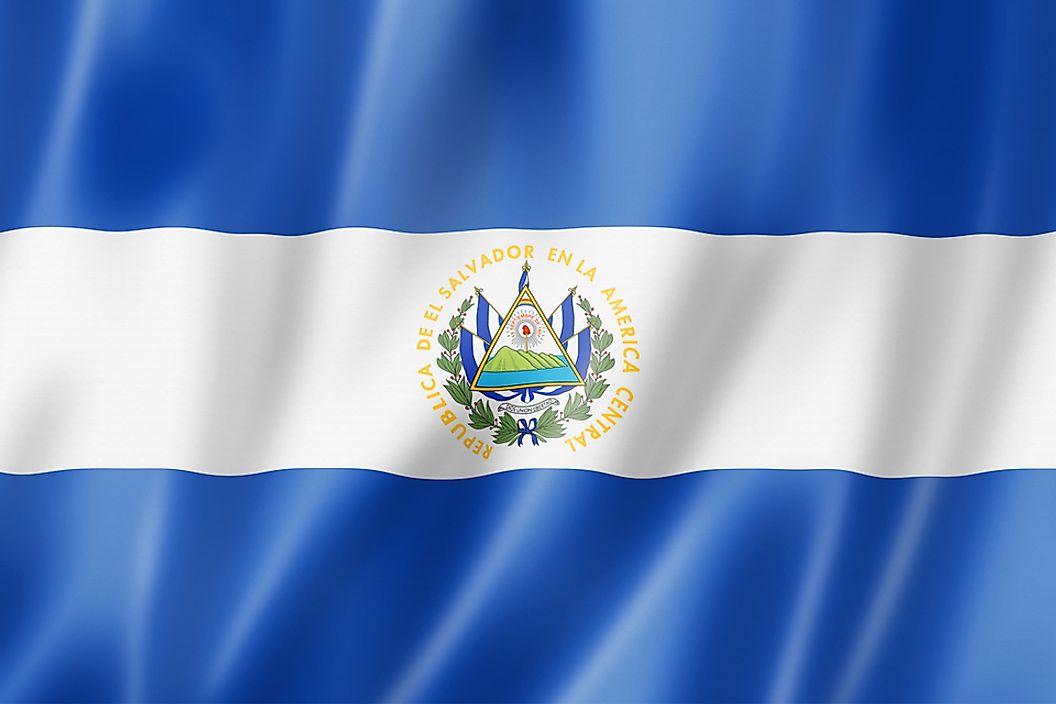What Languages Are Spoken in El Salvador?

El Salvador is the smallest nation in Central America, and 86% of El Salvador's population are mestizos while the rest are either Caucasian or indigenous. This racial diversity has enriched the culture of El Salvador. Spanish is the official and dominant language in the nation. A few communities still speak their native dialects, although in small populations. Foreign languages are also spoken in parts of El Salvador, especially by immigrants.
The Official Language of El Salvador
Salvadoran Spanish is the name given to the Spanish spoken in El Salvador. Although the dialect is similar to the Spanish variants spoken in neighboring countries, it has notable differences in usage and pronunciation. The nation uses Voseo Spanish in both the spoken and written form, while Usted is mainly reserved for formally addressing foreigners. Caliche is the local vernacular of Spanish spoken in El Salvador. Caliche differs from Salvadoran Spanish, as it has unique lexical terms and colloquialisms. Caliche has been mainly influenced by Nahuatl, and it is popular across the country's social classes. Professionals, however, avoid speaking Caliche as it is not regarded as "proper Spanish."
Nahuatl
Nahuatl is a language in the Uto-Aztecan language family. Nahuatl was spoken by the Aztecs who resided in modern day Central Mexico. The various Nahuatl varieties have 1.5 million speakers, mainly in Mexico, but also in communities in El Salvador, the United States, Guatemala, and Canada. Some of the Nahuatl varieties are mutually incomprehensible. The most common of these varieties is the Huasteca Nahuatl, which has about one million users. Other dialects include Central Nahuatl, Eastern Peripheral Nahuatl, and Western Peripheral Nahuatl.
Minority Languages of El Salvador
The Pipil language is another Uto-Aztecan language spoken in El Salvador. The language is native to Utah in the United States, and Nicaragua. Pipil is natively known as Nawat, and was spoken by the Izalcos, Nonualcos, Mazahuas, and Cuscatlecos people who were El Salvador’s native communities. Pipil is considered to be endangered in El Salvador, and is spoken by the older generations in the Ahuachapán and Sonsonate departments. The Lencan languages are indigenous to the Lenca community native to El Salvador, as well as southwestern Honduras. The Lenca people have an estimated population of only 37,000 in El Salvador, which endangers the language's existence. Q'eqchi' is a Mayan language and the majority of Q'eqchi' speakers reside in Guatemala and Belize, but small populations have settled in El Salvador, Honduras, and Mexico. The Cacaopera language is the native form of speech of the Cacaopera people. The language was used in El Salvador's Morazán region, and was related to the Matagalpa language. Linguists now classify the Cacaopera language as extinct.
Foreign and Immigrant Languages Spoken in El Salvador
The British have taught English in El Salvador's schools for over 50 years. There are also numerous French schools in El Salvador, and French is taught as a second language in most Spanish and English schools. There are roughly 1,300 Chinese descendants and immigrants who speak Chinese languages. A further 500 Turkish speakers reside in El Salvador. Nicaraguans and Hondurans have also been immigrating and settling in the country.











